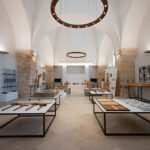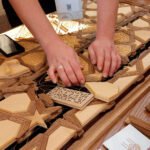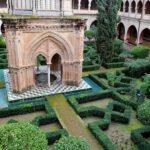Call for abstracts
International Conference on Traditional Building, Architecture and Urbansim: Architecture and Community
The International Conference on Traditional Building, Architecture and Urbanism: Architecture and Community will take place virtually on November 13th and 14th, 2020.
The deadline for sending abstracts to participate in the Conference will be open until August 9th, 2020.

The conference is organized by INTBAU Spain, INTBAU Portugal, the Rafael Manzano Prize for New Traditional Architecture and the School of Architecture of the Universidad Politécnica de Madrid, thanks to the support of the Richard H. Driehaus Charitable Lead Trust, through a grant from the Chicago Community Foundation for the Richard H. Driehaus Charitable Fund, and the collaboration of the Fundación Ekaba, the Fundação Serra Henriques, the Escola Superior Gallaecia, the Universidad Alfonso X el Sabio, and the Centro de Investigación de Arquitectura Tradicional (CIAT-UPM).








